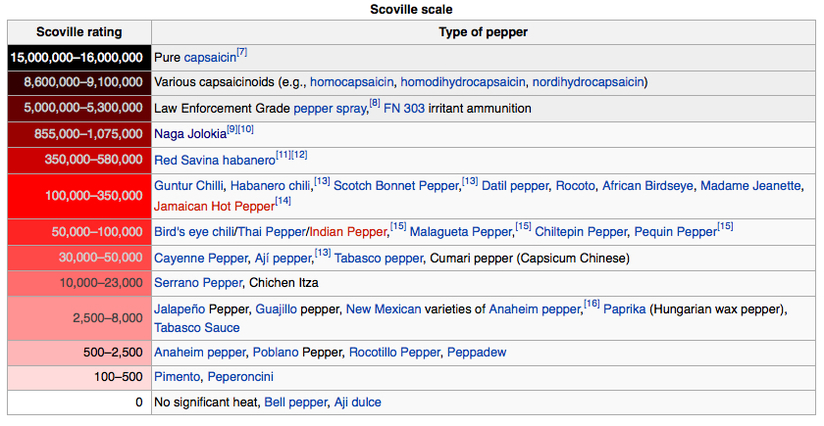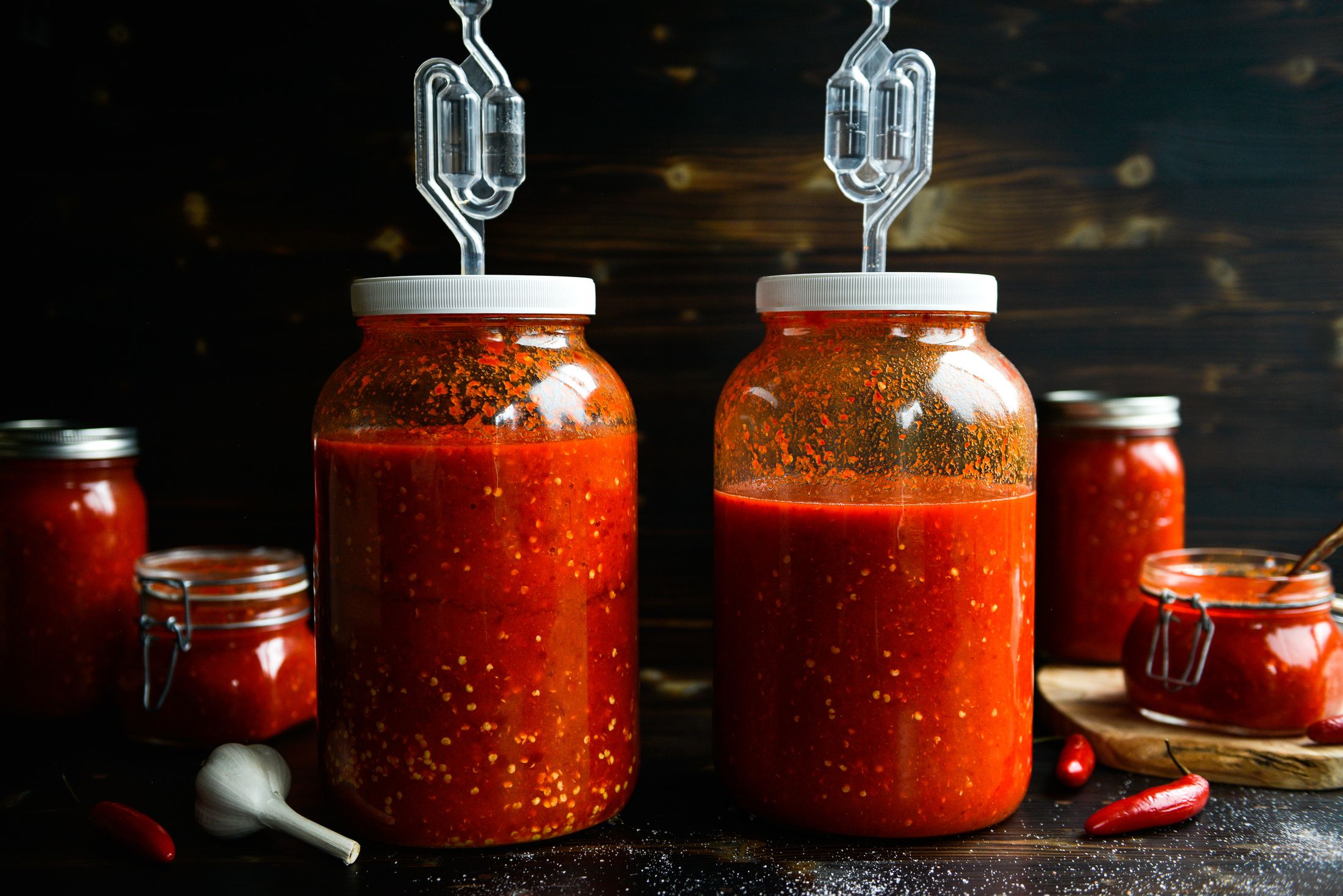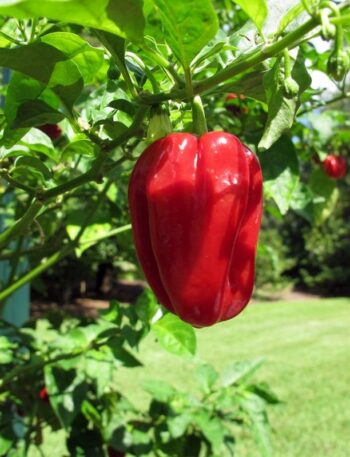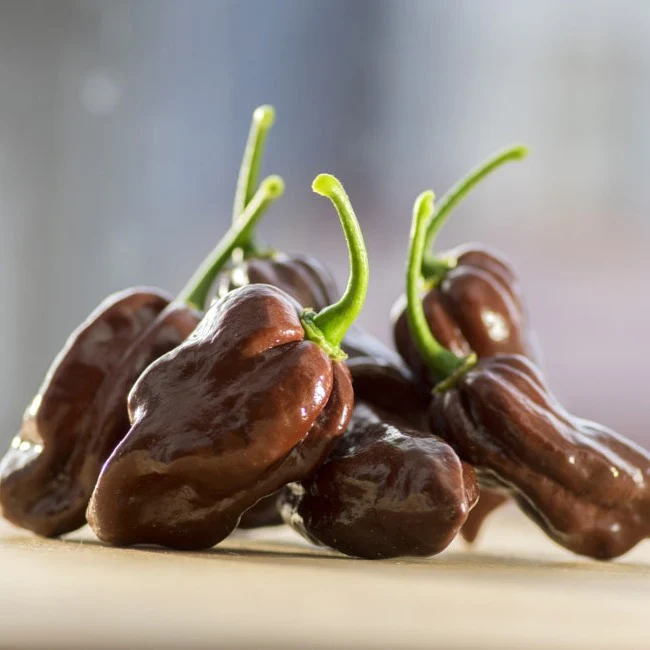Unveiling the Heat: Understanding Scoville Heat Units in Hot Sauce
When it comes to hot sauce, one factor stands out above all: heat. The thrill of that fiery sensation on your tongue, the rush of endorphins, and the satisfaction of conquering the heat challenge are all part of the experience. But how do you measure this heat? Enter the Scoville Heat Units (SHU) – a scale that quantifies the spiciness of hot sauce and peppers. Let’s dive into the world of Scoville Heat Units and unravel the mysteries behind this measure of culinary intensity.
The Birth of Scoville Heat Units: A Flavorful Quest The Scoville Heat Unit was developed by pharmacist Wilbur Scoville in 1912, making it a century-old scale that still influences our hot sauce choices today. Scoville’s method initially involved diluting pepper extracts until they were no longer detectable by a panel of tasters, establishing a numerical value based on the dilution level. While the methodology has evolved, the SHU remains a standard for measuring the heat of peppers and the sauces they flavor.
Measuring the Fire: How SHU Works At its core, the Scoville Heat Unit quantifies the concentration of capsaicin, the compound responsible for the spiciness of hot peppers. The more capsaicin a pepper contains, the higher its SHU. Mild peppers like bell peppers have a low SHU value (0), while the world’s spiciest peppers, such as the Carolina Reaper, reach over 2 million SHU. Hot sauce, which is typically made from various pepper varieties, inherits its heat level from the peppers used in its creation.
Navigating the Scale: Pepper Varieties and Hot Sauce Heat Different pepper varieties span a wide range of SHU values, offering a spectrum of heat levels for hot sauce enthusiasts. Jalapeños, for instance, usually register between 2,500 to 8,000 SHU, while habaneros can pack a punch with a range of 100,000 to 350,000 SHU. These variations in pepper spiciness contribute to the diverse selection of hot sauces available on the market, catering to different heat tolerances and preferences.
Choosing Your Heat Adventure: Finding the Right Hot Sauce Understanding the Scoville Heat Units can be immensely helpful when selecting the perfect hot sauce for your palate. If you’re a newcomer to the spicy world, opting for sauces with lower SHU values allows you to appreciate the flavor without overwhelming heat. As your tolerance grows, you might venture into sauces with higher SHU levels for that electrifying kick.
Beyond the Heat: Flavor and Balance While SHU values provide insight into the heat of hot sauce, they’re not the sole indicators of flavor. A great hot sauce strikes a balance between heat and taste, allowing the natural flavors of the peppers and additional ingredients to shine. Expert sauce makers master this balance, creating sauces that offer both heat and complexity.
Embarking on a Flavorful Journey: Conclusion Scoville Heat Units are more than just numbers – they’re a roadmap to a world of culinary adventure. They guide us in navigating the spicy landscape, helping us find the perfect heat level to tantalize our taste buds. So, whether you’re a heat seeker or a flavor explorer, understanding SHU can enhance your hot sauce journey, transforming each tasting into a thrilling and delicious experience.




